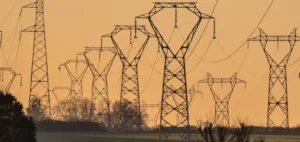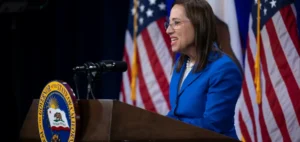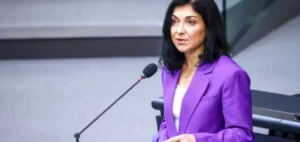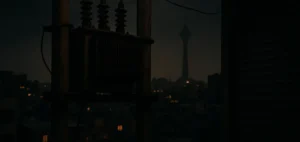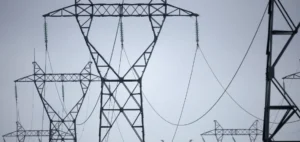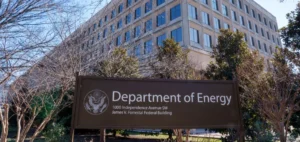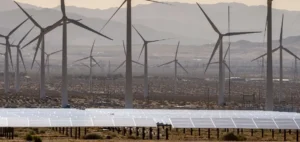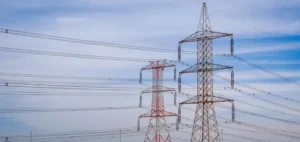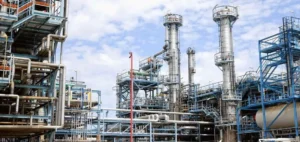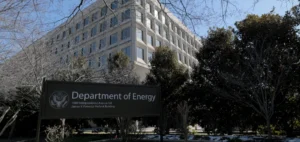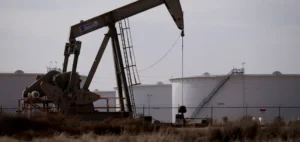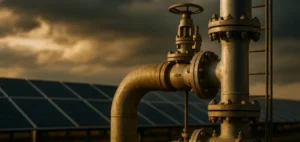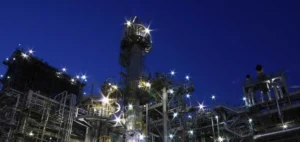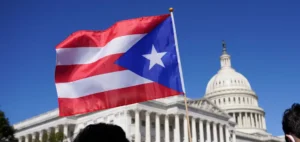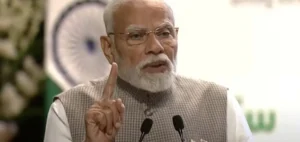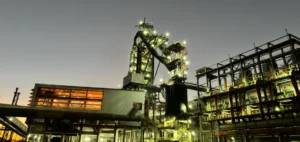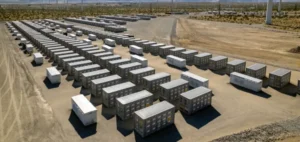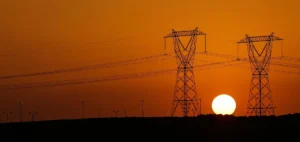Australia has launched an innovative process enabling market participants to submit new methodologies for generating local carbon credits. The move follows the recommendations of an independent panel led by former Chief Scientist Ian Chubb, to assess the integrity of Australia’s current carbon credit scheme (ACCU).
Encouraging innovation and flexibility
Australia’s Minister for Energy and Climate Change, Chris Bowen, said the new model should encourage more innovative approaches to reducing carbon emissions and increase the supply of ACCU credits to support Australia’s carbon neutrality target. This initiative follows the expiration of popular methodologies such as Human Induced Regeneration in 2023, leaving project developers with few large-scale options.
Submission process and evaluation
Under this new process, market participants can register a method with ERAC (Emission Reduction Assurance Committee). All ideas will be published on a tracking platform to promote transparency and collaboration. Participants then submit an EOI (expression of interest) with details of the proposal, which will be evaluated by ERAC according to criteria such as scale of mitigation and complexity of the proposal.
Challenges and opportunities
Carbon Market Institute CEO John Connor pointed out that the government-led development process had proved too slow, with none of the five new 2022 priorities finalized. The new process could speed things up, although concerns remain about the resources available within DCCEEW to manage proposals.
International comparisons
China used a similar approach for its voluntary carbon market in 2012, but had to suspend its scheme in 2017 due to integrity issues. To avoid these problems,Australia will need to provide clear guidelines and templates detailing the level of detail required.
Australia’s new model for generating local carbon credits promises to stimulate innovation and support the country’s carbon neutrality goals. However, its success will depend on the effective management of resources and the establishment of clear guidelines to guarantee the integrity of the proposed methodologies.



